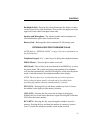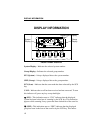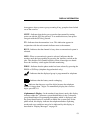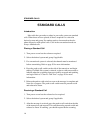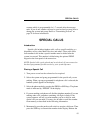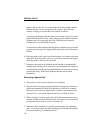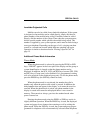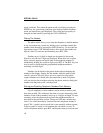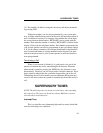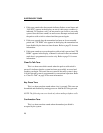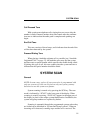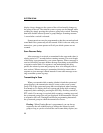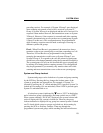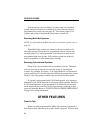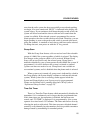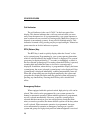
SUPERVISORY TONES
19
1-8. The number can then be changed if necessary and then transmitted
by pressing SND.
Telephone numbers can also be programmed by your system oper-
ator. A unique identification can then be stored in the unused positions of
each 14-character location. For example, if the number has seven digits,
the seven-character identification “RICHARD” can be stored with the
number. Then when the number is recalled, “RICHARD” is flashed in the
display followed by his telephone number. Each number programmed by
your system operator can also be programmed so that you cannot change
it. If you do change a number with a unique identification, the identifica-
tion is erased and cannot be reprogrammed from the keypad. You must
take the transceiver back to your system operator to have the identifica-
tion reprogrammed.
Terminating a Call
When a conversation is finished, it is good practice for one of the
parties to terminate the call by transmitting the # character. When the
phone mode is exited by pressing the PHON key, this character is sent
automatically. The # key can also be pressed to send this character. Three
beeps sound to indicate that the system has detected the end of the call.
Terminating the call in this manner prevents additional billing that may
occur for the time it takes the system to automatically detect the end of a
call.
SUPERVISORY TONES
NOTE: The following tones are heard at various times when operating
this transceiver. The tones are heard only when a Multi-Net system is
selected unless noted otherwise.
Intercept Tone
This is a siren-like tone (alternating high and low tones) which indi-
cates the following error conditions:



